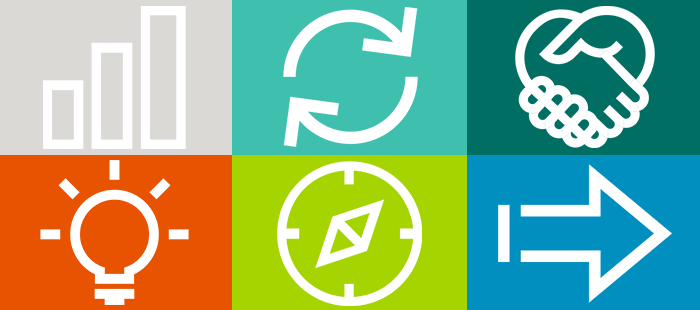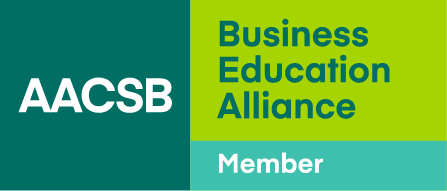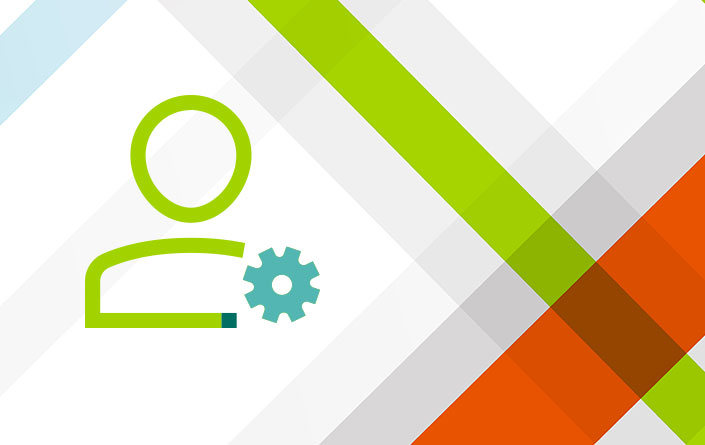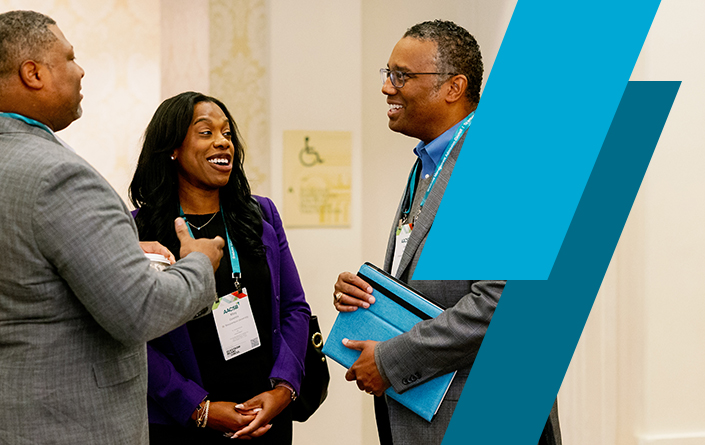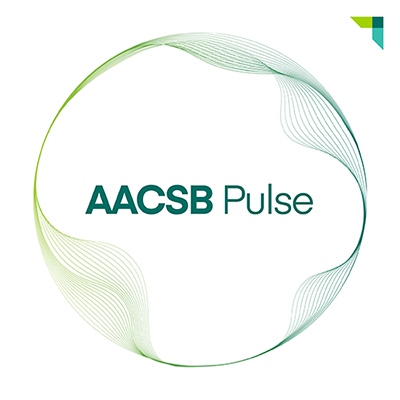The ‘Messy Middle’ of Disruption
- Disruption sparked by generative AI invites business schools to explore personalized and forward-thinking learning models.
- Traditional planning approaches fall short in uncertain environments; instead, educators must adopt a mindset of experimentation and hands-on learning.
- Innovation thrives at the intersections of diverse ideas and backgrounds, leading to creative solutions that may not emerge in isolation.
Transcript
Scott Anthony: [00:15] There are a lot of disruptive forces that are affecting business schools today. The number one by far is generative AI.
[00:22] Now, the hard part when dealing with disruptive change like this is that the middle of that change is very messy. We'll be able to look back and say, 'Oh my goodness, look at these changes.' But as we try to make sense of them, it's really hard in the middle.
[00:37] This is the fundamental challenge you have at many schools today. Are schools prepared for this type of disruption? Absolutely not.
[00:44] Generative AI has the possibility of completely transforming the way that we educate, the way that we measure, the way that we develop students, and the way that we think about learning more broadly.
The number one way you can be better prepared to deal with disruption is to get out of the building.
[00:54] At the Tuck School of Business at Dartmouth College, where I teach, our mission is to develop wise, decisive leaders who better the world through business. How do you become wise? You gain experience.
[01:05] The number one way you can be better prepared to deal with disruption is to get out of the building and start playing around with it.
[01:12] You can't read about it. You can't run a five-minute experiment and say, 'Oh, look at this cool haiku I developed.' You have to really roll up your sleeves, push yourself to the point where you're uncomfortable, and see what happens.
[01:24] That's the only way you develop the wisdom that allows you to be decisive in the face of uncertainty.
Traditional approaches to planning in the face of disruption just don't work.
[01:30] So what do you have to do if you're a dean today? Yes, recognize that there are some real disruptive threats.
[01:36] But realize, too, that the essence of disruption is making the complicated simple, making the expensive affordable, democratizing and opening up access to greater populations.
[01:46] We have a gift that we've never had before that can transform the way we teach and make the world a better place if we think and act the right way. It all comes down to the mental frame.
[01:57] Traditional approaches to planning in the face of disruption just don't work. One of the simplest ways that you can get better at innovation is to plant yourself at intersections.
[02:07] At intersections is where magic happens, where different mindsets and backgrounds collide. The second thing that I would say is to go and try things.
Every idea in its early stages is the same. It's partially right and partially wrong.
[02:15] One of the mistakes people make is that they think I can only innovate if I have a perfect idea. There is no such thing.
[02:22] Every idea in its early stages is the same. It's partially right and partially wrong. What separates success from failure is not who the better planner is.
[02:31] It is who is better at managing the process of careful, controlled experimentation. Good news: it's the scientific method. We all understand what that is.
[02:40] We just have to apply it to the ideas we have—form the hypothesis, identify what you don't know, design a good experiment, and go and learn.
[02:48] The great thing in today's world is that it doesn't take a lot of time, and it doesn't take a lot of money. It just takes the belief that it is something that you can do, and everybody can.

